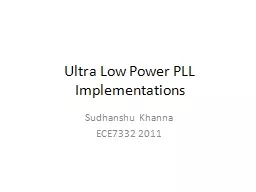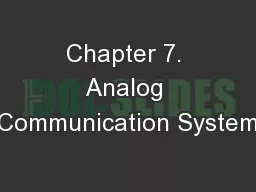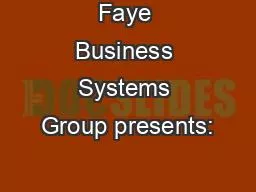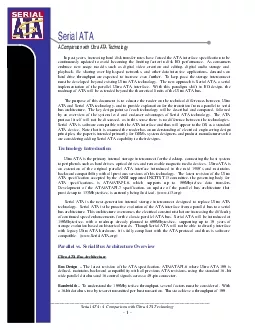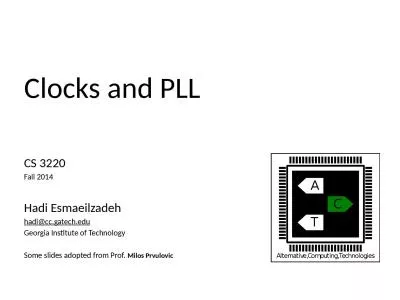PPT-Ultra Low Power PLL Implementations
Author : luanne-stotts | Published Date : 2017-01-22
Sudhanshu Khanna ECE7332 2011 Motivation for ULP PLLs Distributed systems Wireless Sensor Networks Body Sensor Networks Individual nodes are simple and rely on
Presentation Embed Code
Download Presentation
Download Presentation The PPT/PDF document "Ultra Low Power PLL Implementations" is the property of its rightful owner. Permission is granted to download and print the materials on this website for personal, non-commercial use only, and to display it on your personal computer provided you do not modify the materials and that you retain all copyright notices contained in the materials. By downloading content from our website, you accept the terms of this agreement.
Ultra Low Power PLL Implementations: Transcript
Download Rules Of Document
"Ultra Low Power PLL Implementations"The content belongs to its owner. You may download and print it for personal use, without modification, and keep all copyright notices. By downloading, you agree to these terms.
Related Documents

